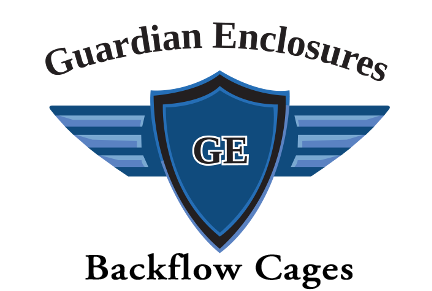Water is ordinarily distributed in one direction: from the water supplier to the consumer. However, it is not uncommon for this to be changed by various hydraulic conditions. The flow of water may be reversed in times of low pressure or flow interruption, flowing from the consumer back to the water supplier. If this consumer happens to have non-potable substances (those not suitable for human consumption) on the premises, these substances could make their way into the customer’s water pipes when backflow occurs. These substances could then get in to the water distribution system. This causes contamination or pollution of the water distribution system.
The physical connections between drinking water pipes and substances not meant for consumption are called cross-connections. To control these cross-connections and prevent backflow, a backflow preventer must be installed at the point of the cross-connection. These backflow preventers must be tested or inspected upon installation to assure they are operating properly. Additionally, the cross-connection controls must be tested or inspected annually to determine their continued capability to prevent backflow. For more information, check out West Coast Backflow and the Irrigation Association.
